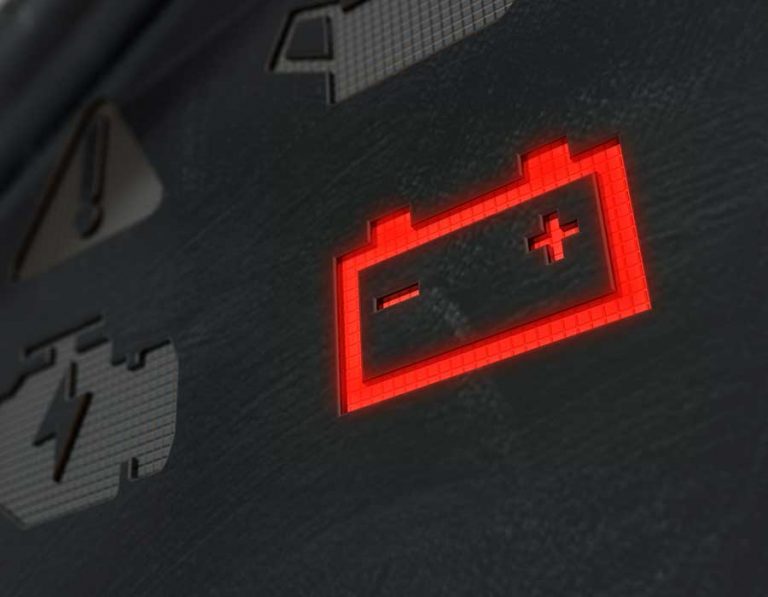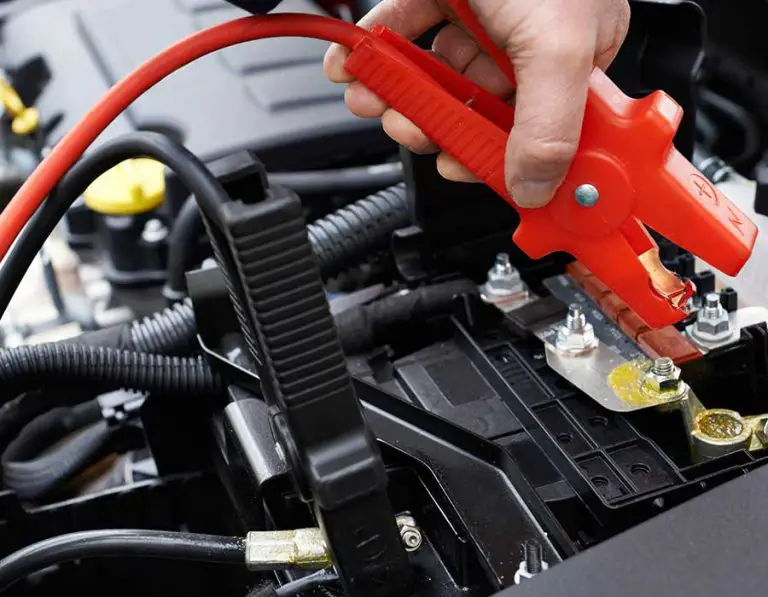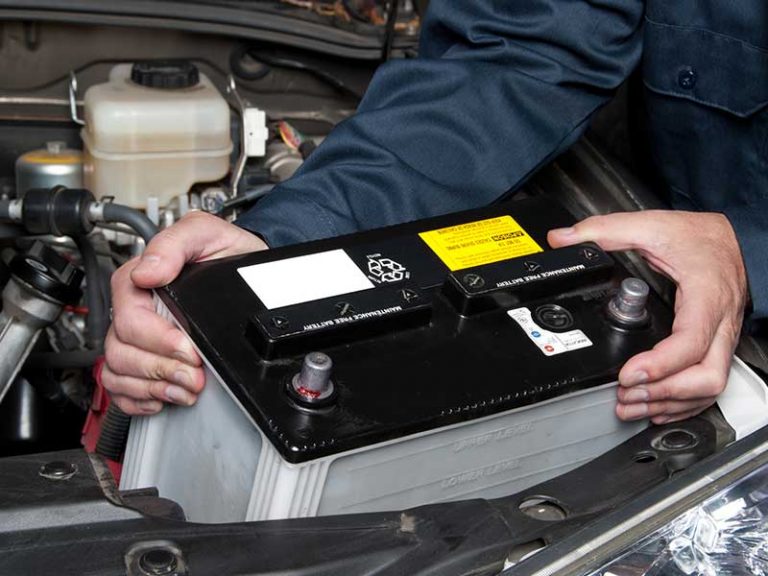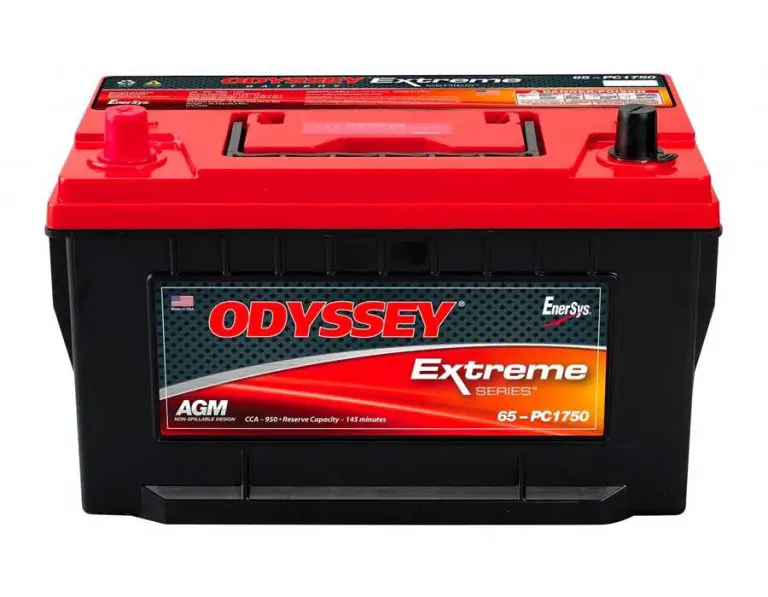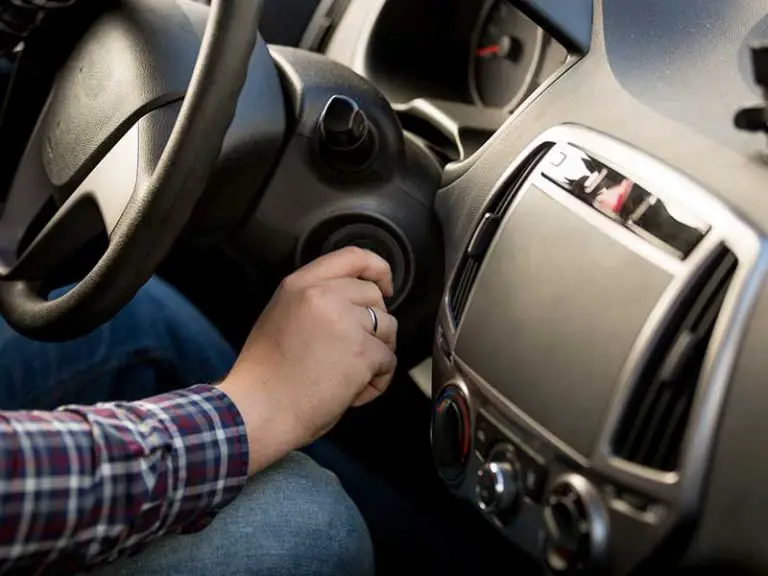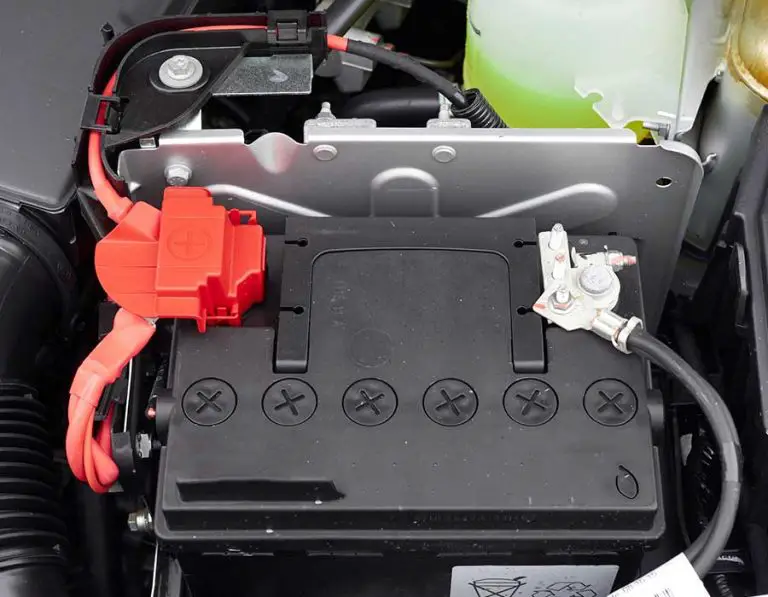Does Jump-starting a Car Drain Your Battery?
Your car battery can fail anytime, especially when you least expect it. The first thought that comes to mind when your automobile breaks down on the side of the road due to a dead battery is to ask another driver to jump-start it. However, many people think that the battery in your automobile would get drained when you jump-start it. So does jump-starting a car drain your battery?
If done correctly, jump-starting another automobile won’t affect your car’s battery. However, if your connections are not made properly, you risk extensive car damage or a battery explosion.
What Is a Jump Start?
A jump start is a process in which Your automobile battery receives an additional charge from another car battery, also called a boost. It helps to start your car if your battery suddenly dies on the road.
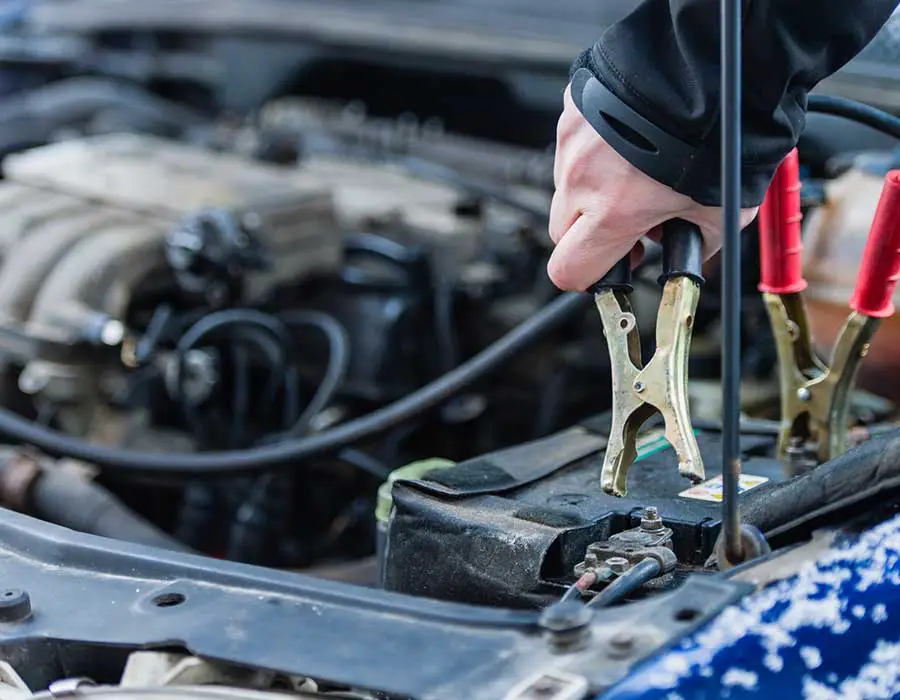
How to Jump-start a Car Correctly?
- Parking the working car next to the dead car but don’t allow them to touch
- Turn off both vehicles. The keys should be removed, and the cars should be off. Start connecting the jumper cables right away. Locate the batteries and battery terminals. Each battery’s two terminals will often be marked with a + or – sign on top and be covered in either red or black paint.
- Connect the dead battery’s positive (+) battery terminal to the red, positive cable clamp. Also, Connect the other red clamp to the active battery’s positive terminal. Then, connect the black clamp to the functional battery’s negative terminal.
- The dead battery should not be connected to the black, negative cable clamp. Instead, fasten that clamp to a metal, unpainted component of the vehicle, like a spotless and clean nut on the engine block. It will make the jump safer.
- Start the functional vehicle. Wait for a few seconds. You might need to let the car run for a minute or two for the jump to take effect, depending on the age of the battery.
- Try to restart the dead vehicle. If the automobile doesn’t start, wait for a minute or two for the working car to finish charging the battery before trying again.
- Consider revving the engine of the functional vehicle if the other car won’t start. In addition, it may be beneficial to slightly rev the engine of the running vehicle while the dead battery is being charged.
- Disconnect the red jumper cables after the black ones have been disconnected. You can unhook the jumper wires once the dead car has started, starting with the clamps on the black, negative cable.
- Drive around as This will enable the battery to charge up. It ensures your car won’t die again when you turn it off and allows the alternator to recharge the battery.
Will Jump Starting a Car Drain My Battery?
It depends on how you go about it. You risk damaging or destroying the battery if you give the automobile too much current. You won’t harm your battery, though, if you properly connect the cables and utilize the right amount of current. The easiest method to prevent any damage is to go to your owner’s manual and adhere to your vehicle’s detailed guidelines.
How to Save Your Battery From Dying When Jump-starting Someone Else’s Car
Although it’s simple to jump a car battery, it might be challenging to remember the procedures. The challenge with jump-starting a car battery is knowing when and how to cut the cables so that your vehicle’s battery doesn’t discharge while assisting someone else. Below are a few ways to keep your battery from dying when jumping starting another car:
- no touching
It would be best if you parked your automobile so it is not touching the other car to jump-start their battery. Typically, one or both vehicle batteries are situated awkwardly inside the engine compartment, or the jumper wires are too short. Nevertheless, you risk damaging your battery if you can’t jump your friend’s battery without touching your car.
- No Accessories
You burden your battery and alternator when you turn on your radio, heating, air conditioner, or other accessories. They can support a heavy load but weren’t built to simultaneously support your vehicle’s electrical needs and those of another car. You can reduce the load and give your battery and alternator enough power to jump-start the other battery without overwhelming them by shutting off all of your accessories.
- Clean connectors and terminals
Before attempting to jump-start a battery, cleanse all connectors and terminals. By doing this, you can ensure that your connection is strong and your battery is protected. Cleaning the corrosion from the battery terminals is also smart for using an older battery. By doing this, you may prolong the life of your battery and keep it in good shape. Use a wire brush or sandpaper to complete the task. Over time, corrosion accumulated on the terminals may cause a faulty connection. You can prevent such issues in the future if you take the time to clear them off regularly.
- Jumper cables
Finding a working battery and connecting it to the dead battery are the only ways to jump an automobile battery. Therefore, you want jumper cables, which are lengthy wires with clamps on either end. The positive terminal will have a red clamp attached, while the negative terminal will have a black clamp. Jumper wires should be connected in the following order: a black clamp to metal on the dead battery, a red clamp to its positive terminal, a black clamp to a good battery’s negative terminal, and a red clamp to its positive terminal. Ensure the connections are connected properly; otherwise, you risk having two dead batteries.
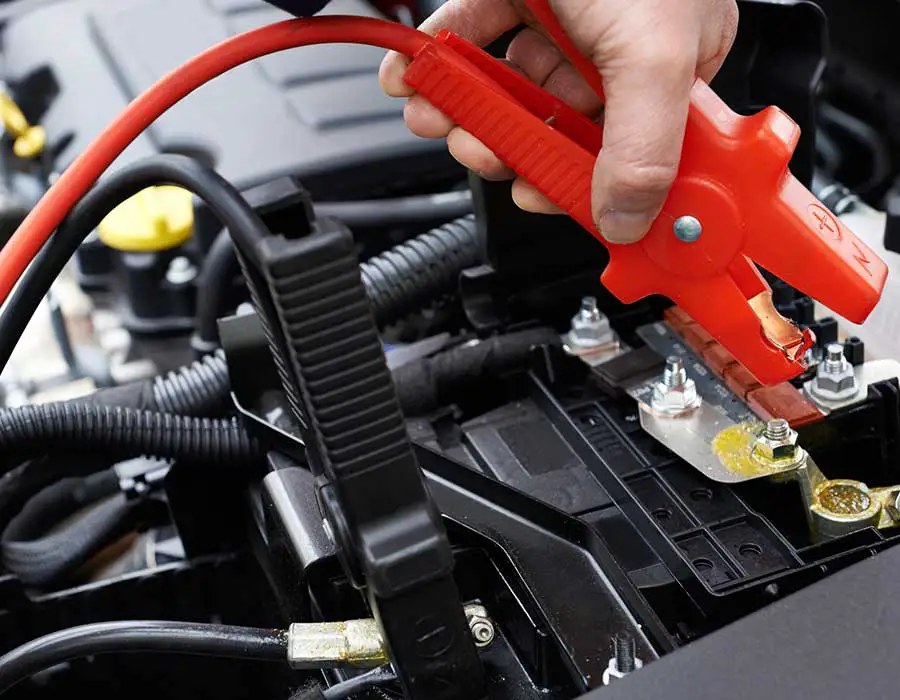
Can a Jump Start Damage the Components of the Car?
YES, improper jump-starting can cause harm to the car’s battery as well as other parts. In addition, performing a jump-start in the wrong way puts the alternator and other electronic systems at risk of damage.
When you start another vehicle, your car’s alternator and electrical system are put under much strain. These essential components will be harmed if the connection is improperly made.
Can Jumpstarting Harm the Alternator?
YES, if the connection is incorrect, it can harm the alternator. For instance, the alternator may suffer immediate damage if the polarity of the clamp is wrong. In addition, the alternator will experience a lot of stress if you jump-start a car with a weak battery; if the pressure is too great, the alternator may be harmed.
Therefore, ensure the connection is made properly before jump-starting a vehicle. Additionally, check that your battery is strong and healthy to prevent the alternator from being overworked.
Reasons Jump-starting a Car Fails?
After a few tries, if the jump doesn’t work to start your automobile, or if it starts but dies again, other problems may need to be resolved. The average battery is designed to last 4-6 years.
You might need to change your battery if it is old. If the battery appears to be functioning well, you should look into other potential issues with other components, such as:
- fuses
- battery corrosion
- faulty alternator
- defective starter
When you don’t know what’s wrong, your best option is to take your automobile to a repair shop for a correct diagnostic.
How Should Long Leave my Car Running After a Jumpstart?
After a jump-start, experts advise leaving your car running for at least 30 minutes. Remember that your battery is fully dead and needs some time to recharge.
Even if you promptly turn off the engine, there’s a potential that your battery won’t have enough juice to start the vehicle. Therefore, the engine should be left running for at least 30 minutes following a jump-start.
Is Jump-Starting a Dead Car Battery Safe?
Jumping a dead automobile battery is safe if you take all necessary safety measures. Here are a few safety precautions you ought to take:
- First, connect the jumper cables after turning off the engines of both vehicles.
- Always start by plugging the cords into the dead battery.
- When handling cables that have power flowing through them, use caution. Never touch the cables’ two ends together.
- Finally, avoid touching both vehicles at once.
- Each car’s engine is different. Please read and heed any jump-starting directions in your owner’s manual to keep you and your vehicle safe.
How to Prevent Your Battery from Dying
You can do a few things to keep your battery from dying so that it lasts as long as possible.
- To begin with, be sure to include routine battery testing in your maintenance schedule.
- Keep your battery safe against harsh weather. When it’s possible, store it inside during the winter or summer; if that’s not an option, think about using an insulated blanker to protect your battery.
- Ensure everything is off when the car isn’t operating, especially any lights or appliances, as this may seriously shorten the battery life.
Conclusion
The best way to get your car started after the battery dies is to jump-start it. Jump-starting a vehicle doesn’t drain your battery; however, it might offer certain risks for your vehicle if done incorrectly. For example, an excessive power surge may impact the electrical system of the other car, or a Lack of electricity will strain your charge while preventing the other vehicle from being effectively jump-started. Therefore, for successfully jump-starting, you should abide by all of the instructions provided by the manufacturer in your owner’s handbook.

